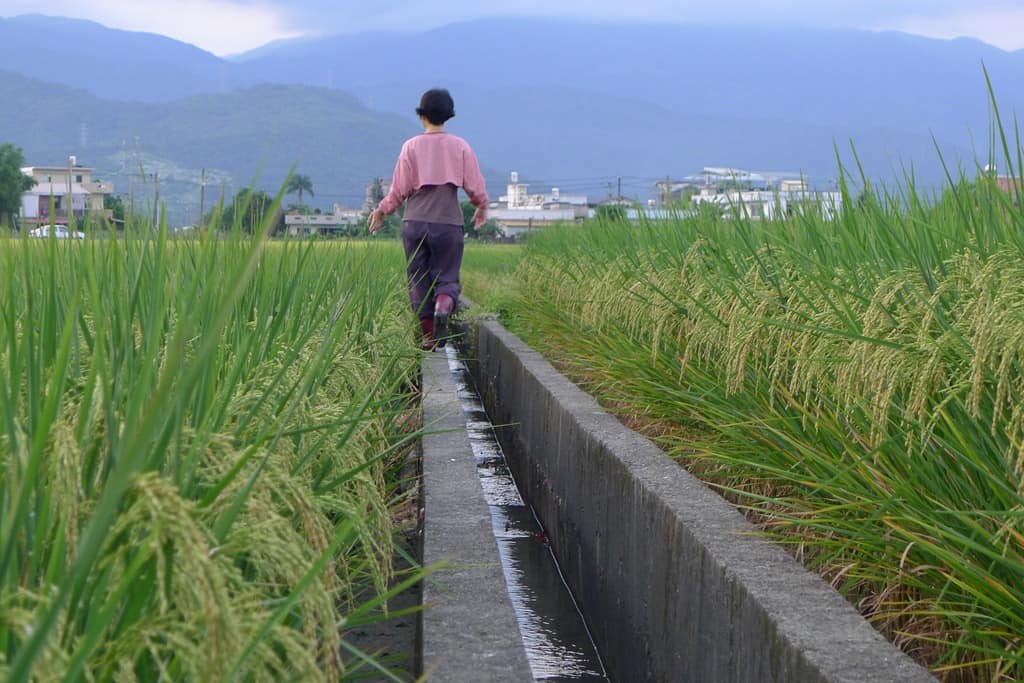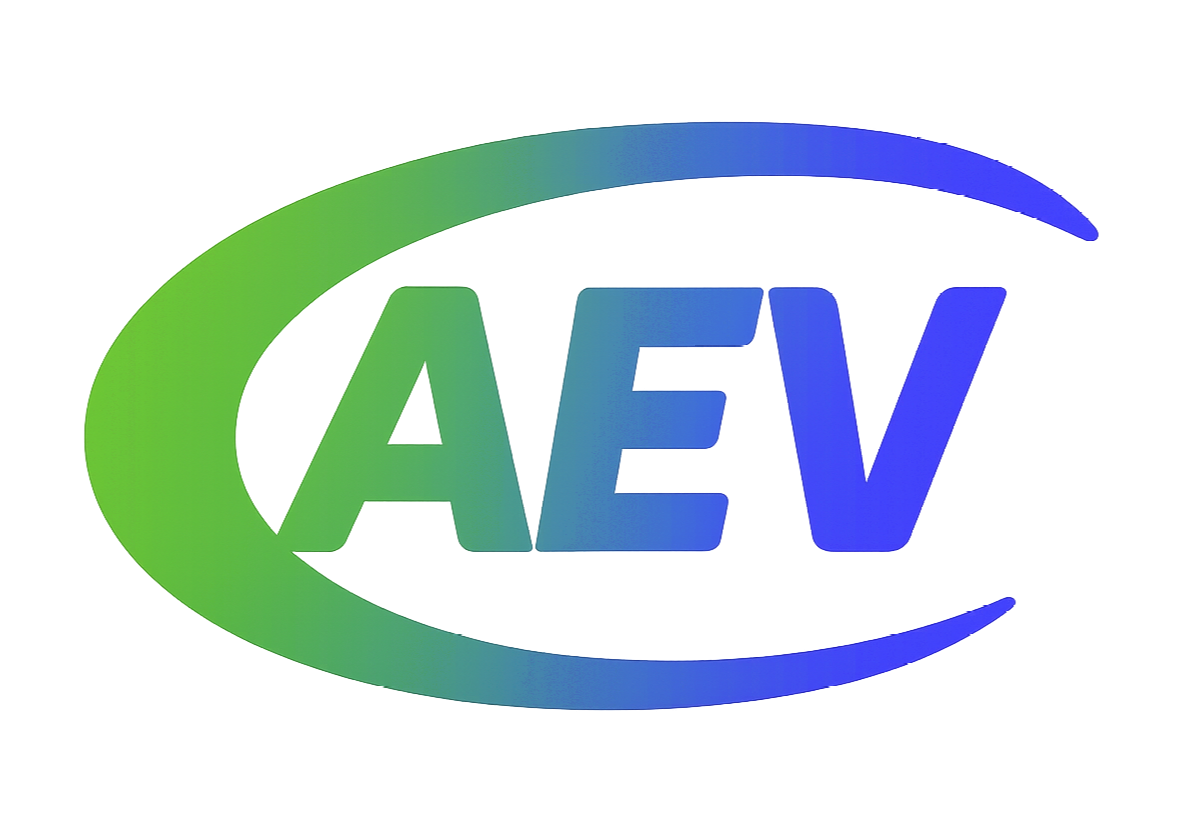Modern wastewater treatment plants are not always economically efficient

Cheap and efficient way to treat water for small communities
Environmental, societal, and economic indicators were used to economic assessment the sustainability of different wastewater treatment technologies: mechanical, lagoon, and land treatment systems. Mechanical systems such as activated sludge utilize physical, chemical and biological mechanisms to remove nutrients, pathogens, metals and other toxic compounds. Lagoon systems primarily use physical and biological processes to treat wastewater, while land treatment systems utilize soil and plants, without significant need for reactors and operational labor, energy, and chemicals.
The economic assessment included: operating costs, cost to the consumer, energy use, purity of water treatment and socio-demographic characteristics.
As a result of the assessment, it was found that there is significant difference in capital construction costs between a more costly mechanical and less costly lagoon system ($2770/m3 per day versus $1060/m3 per day). Operating and maintenance costs associated with wastewater treatment include labor, energy, and purchase of chemicals and replacement equipment is approximately 4–5.5 times higher than a lagoon system and 4–6.5 times greater than a land treatment system. This can be attributed to more highly mechanized equipment and complex processes that require significant energy inputs. User costs of mechanical systems annually may range from $300–1000. Cost-effective treatment technologies such as lagoon and land treatment systems have the potential to reduce these costs by at least one-half (reduced costs to the order of $100 per household). Energy use costs also differed significantly: the most energy-efficient were land-based cleaning systems and lagoons, while mechanical ones required almost ten times more energy. Removal of water quality constituents differed in a slightly different way: mechanical treatment has high removal efficiency of organic and faecal pollutants (90-99%) but has low removal efficiency of phosphorus nitrogen (10-25%); lagoons respectively 90-99% and 10-60%; finally, land treatment system 58-99% and 38-99% respectively. Properly designed lagoon systems have the capability of removal efficiencies comparable to mechanical systems, but land treatment systems are have a highest efficiency of volatile organic chemical removal (82-99%). All three systems evaluated have the capability of producing effluent quality within the suggested guidelines for reuse.

Target plots showing the dimensions of wastewater technologies sustainability and the scale of impacts from these aspects used in the assessment. Impact values closer to the center of the target plot are more preferable.
Mechanical and lagoon systems are more capable of servicing a larger population than land treatment systems. But land treatment systems have the lowest odor potential than mechanical and lagoon systems, due to pre-treatment of the wastewater before land application. The level of mechanization of a treatment system often dictates the level of operator qualification required to operate the plant, and thus their education level. The more mechanized wastewater treatment system, (e.g., activated sludge system) usually requires a higher class of education, while less mechanized systems (e.g., lagoons, land treatment) require a lower class.
The results suggest that using the sustainability indicators developed in this study, wastewater treatment technologies, such as lagoon and land treatment systems were shown to be a more sustainable choice, considering economic, societal, and environmental issues, when selecting a technology to serve small communities.
Full Text:
Muga H. E., Mihelcic J. R. Sustainability of wastewater treatment technologies //Journal of environmental management. – 2008. – V. 88. – N. 3. – P. 437-447.
https://www.sciencedirect.com/science/article/pii/S0301479707001028
